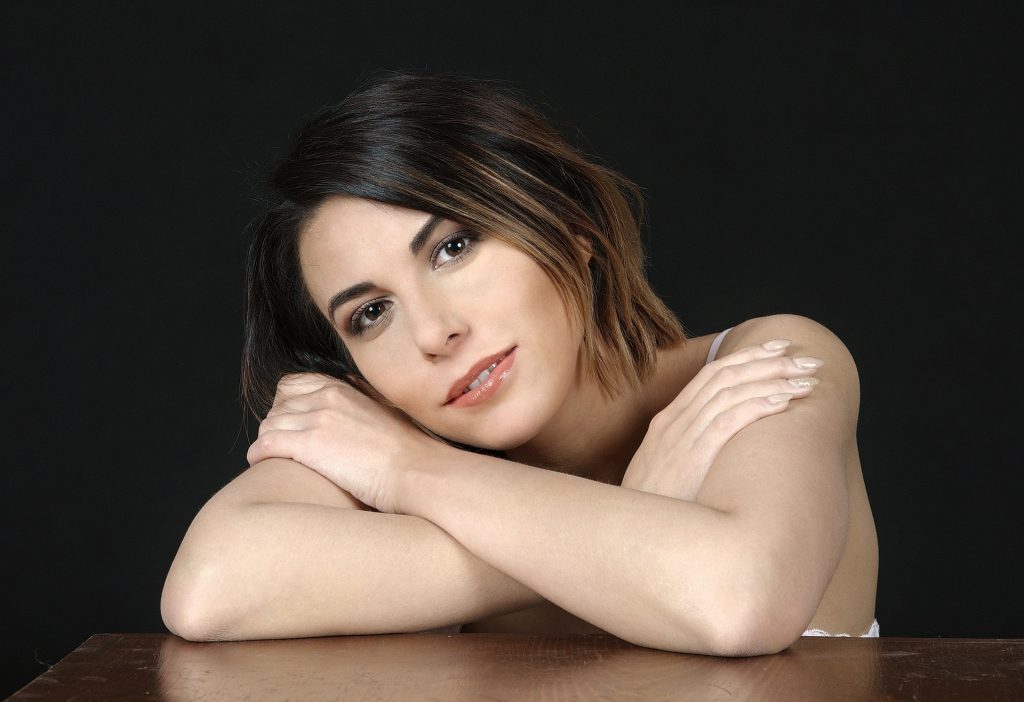
Front lighting in portraiture is a technique that is used to illuminate the subject’s face from the front. This type of lighting is often used in portrait photography to create a flattering, natural-looking image that highlights the subject’s features and expressions.
One of the main benefits of front lighting is that it helps to minimize shadows on the subject’s face. This is especially important when photographing people with wrinkles, blemishes, or other skin imperfections, as these can be accentuated by harsh shadows.
Another benefit of front lighting is that it can be used to create a sense of depth and dimension in the image. This is achieved by using a light source that is positioned at a slight angle to the subject, rather than directly in front of them. This can help to create a more interesting and dynamic image that is more pleasing to the eye.
When using front lighting, it is important to pay attention to the position of the light source in relation to the subject. The light should be positioned at a slight angle to the subject, rather than directly in front of them. This will help to create a sense of depth and dimension in the image.
Additionally, the size of the light source is also important. A larger light source will produce softer, more diffused light that is less harsh and more flattering to the subject. A smaller light source will produce harder, more focused light that can be used to create more dramatic images.
In conclusion, front lighting is a powerful technique that can be used to create natural-looking, flattering portraits. By paying attention to the position and size of the light source, photographers can control the amount of shadows and highlights in the image, and create a sense of depth and dimension that adds interest to the photograph.